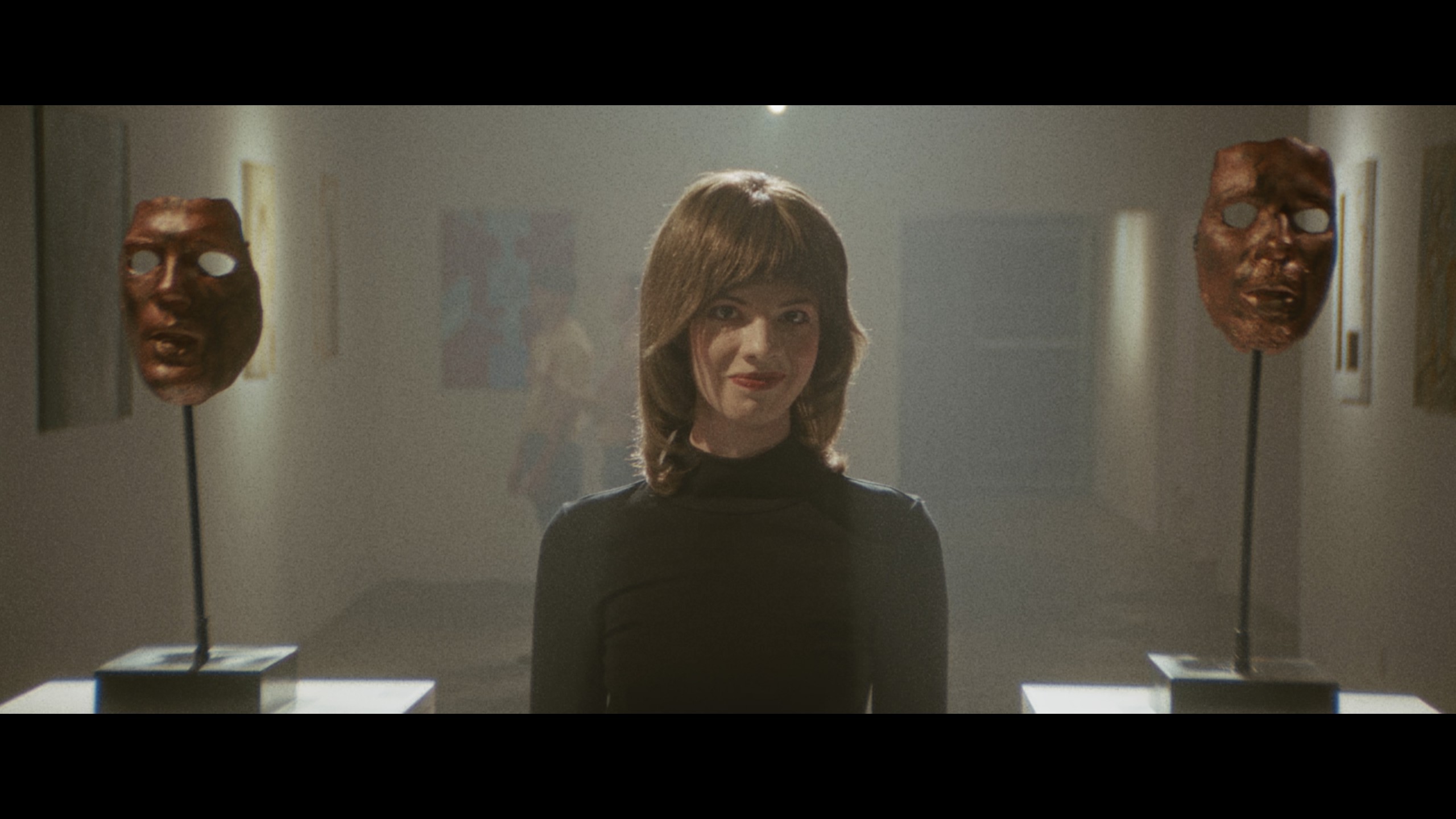Notes on Narrative Design
Narrative design is not writing for games.
Narrative design is where game design and storytelling meet.
Narrative design can touch every aspect of game development: writing, art, sound, programming, since a story in interactive media can be also told through rules, systems, and choices.
As a narrative designer, you might be expected to answer these questions:
- What actions do we have available, and what do we need?
- What tools and techniques do we have to tell the story? These are sort of collectively our “narrative levers”, the things we can pull on to change the direction or feel of the story experience.
- How do we integrate gameplay and storytelling in a way that is not dissonant
- When working in a team a narrative designer advocates the story across different disciplines and roles.
(Adapted from Narrative Design 101 by Johnnemann Nordhagen)
For this project our main narrative tools will be:
Branching narrative
Dialogues (branching or not)
Barks
“Flavor” text
World building
Environmental storytelling.
Brainstorming/Homeplay
Read Standard patterns in choice based games.
Reread your text and identify the non linear opportunities in your subject (spatial exploration, player choices, moral dilemmas, puzzle, flow of consciousness, dialogues, time exploration…).
Is there a common pattern that may work for you?
Multiple endings?
Multiple beginnings?
Multiple middles?
Detroit: Become Human is remarkable for its, multiple avatars, multiple endings, and branching paths.
Analysis of a chapter
 Immortality lets you navigate an archive of footage from unfinished movies through match cuts (visual associations) like a truly non linear hypertext.
Immortality lets you navigate an archive of footage from unfinished movies through match cuts (visual associations) like a truly non linear hypertext.
Is there a stated goal? Can the player fail?
 Classic Choose your own adventure “gauntlet” outcome (image from You chose wrong)
Classic Choose your own adventure “gauntlet” outcome (image from You chose wrong)
Pentiment is ostensibly a mystery game but the murder investigation is just a narrative device to deliver a fairly linear piece of historical fiction.
Are there puzzles?
Where puzzle can be just a sequence of actions the player has to figure out in order to advance (get the key open the door).
Machinarium is a wordless modern point and click adventure.
Linear or non-linear space time?
Is there a continuity of space and time or there are jumps and edits?
Thirty flights of loving was groundbreaking for its use of in-game cinematic edits
Psychological, conversation based, or action based?
In Before your eyes the player controls the deceased protagonist on his way to the afterlife. The player must interact memories with eye tracking. Blinking moves the game ahead in time.
What is the minimum narrative scope?
Not everything in your world can be, and has to be, represented/simulated. What do you *really* need?
Is there an individual place, moment, dialogue, interaction that can tell the whole story? Summarize the whole world?
Unpacking has no visible characters, dialogues or action scenes. The life events are suggested by the boxed objects and the new apartments.
Bury me my love follows Nour, a Syrian migrant trying to find her way to Europe. Her husband Majd, who remains behind in Syria, communicates with Nour through a messaging app, helping her make the best decisions. It’s based on interviews with Syrian refugees.
The game is best played in “real time” with messages from Nour arriving as app push notification over the course of the day.
Is there a narrator?
If so is it narrated in fist, second, third person?
Is it omniscient (ie they know thoughts)?
Is it unreliable? (ie they may be contradictory or not telling the truth)
Is it diegetic? (are they characters in the world)
80 Days is narrated in first person instead or the more common 2nd person (“you enter the cave”) of early text games inspired by roleplay or the 3rd person more common in literature.
Is there an avatar?
Is it blank or does it have their own identity, history, and personality?
What’s the relationship between narrator, avatar, and player if distinct?
Despite the specificity of place and time the character in WTWTLW is blank, the focus is on the other recurring characters. Players explore a Great Depression-era United States, hearing and collecting oral stories and passing them along. Stories are used as a form of progression, with characters gradually opening up to the player in response to the provided stories, which in turn allows one to learn their true stories. The skeleton is both iconic and race and gender neutral.
Disco Elysium stands out for its multiple narrators representing different aspects of the protagonist, as shaped by the player’s choices.
The Stanley Parable employs an unreliable and antagonistic narrator.
What’s the player’s agency?
Can they control the events? Can they affect dialogues? Can they move in space?
Goodbye Volcano High doesn’t have spatial agency, the chapters are linear, but offers plenty of choices in the dialogues, since the focus is on maintaining relationships and negotiating your aspirations with those of your best friends.
Are there other characters in this world? Are they playable? What roles do they have in the story? What are their archetypes? A ridiculous list here
Experimental visual novel Mediterranea inferno follows three queer friends on a summer retreat. You learn their background and aspects of their personality as you help them reconnect and rediscover themselves.
What’s the style/tone?
Confessional, conversational, humorous, lyrical, sarcastic, objective, pasiche, rambling, dreamlike, rhapsodic, apathetic, childish, formal, ironic, philosophical, satirical, declamatory, epistolary, diaristic, elliptical, flowery, journalistic.
Lucasarts “Point and click” adventure games are typically humorous, with many dialogues and situations incorporated only for the laughs.
Does it belong to a genre, and if so how to do something new with the built in expectations?
Neocab adopts a typical cyberpunk scenario to talk about current issues like gig economy, automation, and mental health.
Self Aware, meta-referential?
The Stanley Parable and The Beginner’s guide are canonical examples of metanarrative techniques applied to games.
What’s the relation between visuals, sound, and text?
When developing a game with both textual and audiovisual components, think about how to avoid redundancies. Which parts can be better resolved by text, images, sounds, or gameplay, based on your ability and resources?
KR0 presents atmospheric dreamlike views with no close ups or voiced dialogues, the text narration fills in all the fine details along with dialogues.
